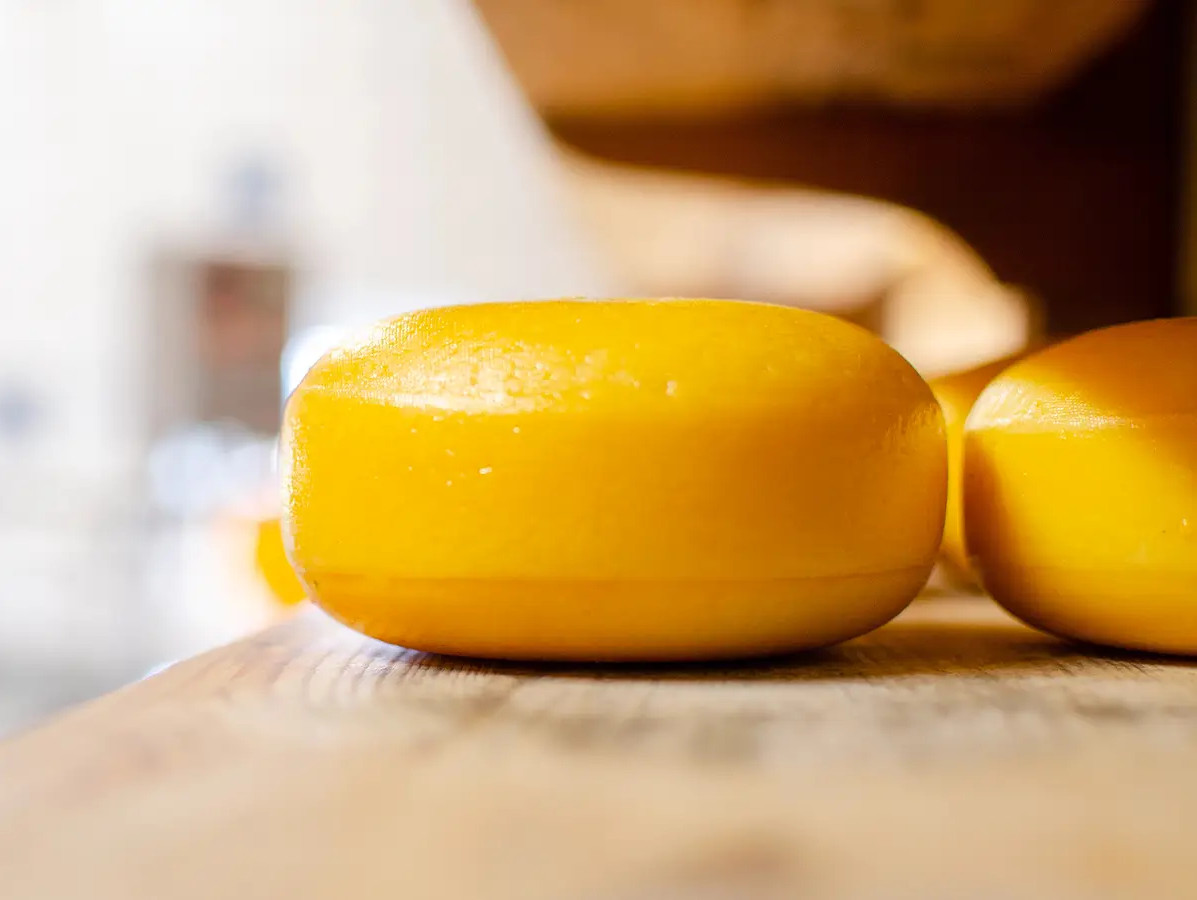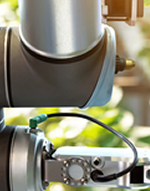We're currently searching through more than 4,000 articles, just a moment's patience...
We're currently searching through more than 4,000 articles, just a moment's patience...

Farms that produce raw milk cheese need to stay alert to STEC. That is the recommendation from BuRO, following a risk assessment of this pathogenic E. coli variant in cheeses that have not fully matured. If STEC is detected at any stage of production or ripening, the cheese may not be marketed without further control measures.
BuRO recommends continuing to test cheeses shortly after the ripening phase. In practice, Boerenkaas is tested on day 12 of ripening, including checks for food safety. In many cases, the cheese continues to mature after this point. According to the industry, STEC levels decline during ripening. BuRO notes, however, that this assumption cannot be confirmed with certainty.
The Dutch Control Authority for Quality Issues (COKZ) detected STEC in 4% of the raw milk cheeses it sampled. During production, bacterial levels may increase. While ripening tends to reduce those levels gradually, STEC can still be present even after full maturation. As a result, consumption may still pose a risk.
According to BuRO, there is currently no standard criterion that guarantees STEC will be completely eliminated in cheeses such as Boerenkaas. Additional research is needed. Producers are allowed, under the current advice, to submit studies based on Regulation (EC) No. 2073/2005 to demonstrate that their cheese is no longer unsafe after full maturation.
Source: NVWA
Vakblad Voedingsindustrie is a project of b2b Communications BV.
© COPYRIGHT 2025 VOEDINGSINDUSTRIE | ALLE RECHTEN VOORBEHOUDEN
Powered by Wallbrink Crossmedia © 2025
Een abonnement kost € 80,- exclusief 9% BTW per jaar.

We work in accordance with the privacy legislation. After your registration you will receive an e-mail with a confirmation link. Only after you have clicked on this link will you be registered as a recipient of the newsletter. If you can't find the e-mail in your inbox, please also look at unsolicited e-mail.


Lorem ipsum dolor sit amet, consectetuer adipiscing elit. Aenean commodo ligula eget dolor. Aenean massa. Cum sociis natoque penatibus et magnis dis parturient montes, nascetur ridiculus mus. Donec quam felis, ultricies nec





